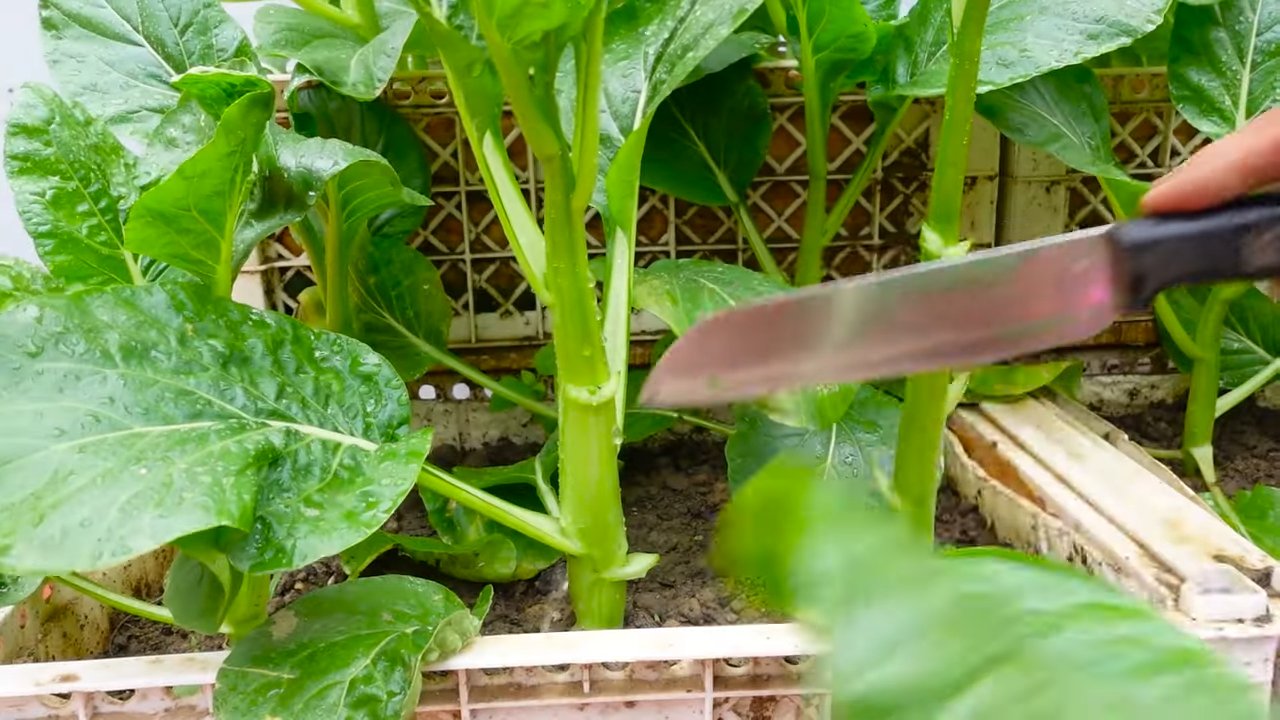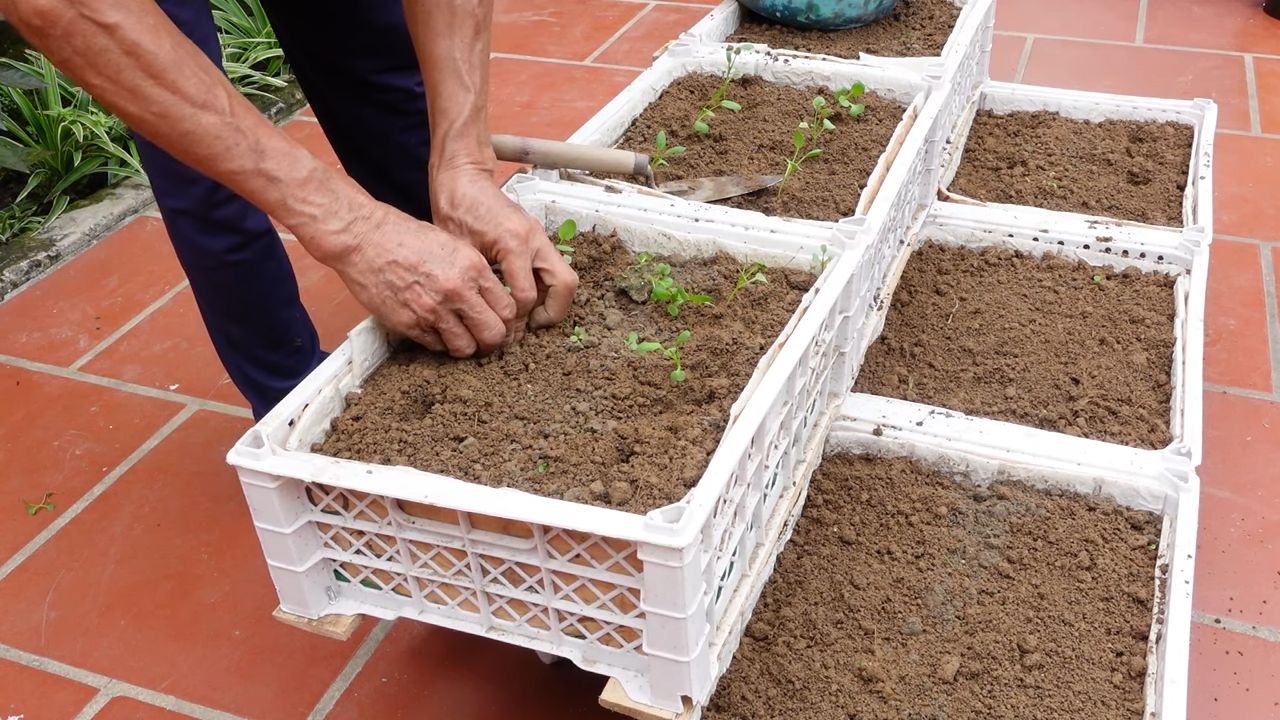Easy vegetables for families – that’s what we all want, right? Imagine strolling through your backyard, a basket in hand, ready to harvest fresh, delicious veggies grown with love (and maybe a little dirt under your fingernails!). Forget those pricey, sometimes questionable, supermarket offerings. This article is your passport to a thriving, family-friendly garden, packed with simple DIY tricks and hacks that even the busiest household can manage.
For centuries, families have cultivated their own food, fostering a connection to nature and enjoying the unparalleled taste of homegrown produce. From ancient Roman kitchen gardens to the victory gardens of World War II, growing your own food has always been a symbol of self-sufficiency and community. But let’s be honest, modern life can feel overwhelming. That’s where these easy DIY gardening tricks come in!
I know what you’re thinking: “I don’t have a green thumb!” Or, “I don’t have time!” But trust me, you don’t need to be a gardening guru to succeed. These DIY projects are designed to be quick, affordable, and, most importantly, fun for the whole family. We’ll explore simple techniques for maximizing your yield, protecting your plants from pests, and even creating your own compost. With these tips, you’ll be harvesting easy vegetables for families in no time, creating healthy meals and lasting memories together.

Vegetable Gardening for Families: Beginner-Friendly Varieties and Tips for Your Own Garden
Hello, dear garden friends! Have you always wanted to grow your own vegetables but were afraid it would be too complicated? Don’t worry, I’ll show you how you can create a successful family garden with simple vegetable varieties and a few tricks. It’s easier than you think and a lot of fun, especially with children!
Why Vegetable Gardening with the Family?
- Healthy Food: Fresh, homegrown vegetables are full of vitamins and nutrients. You know exactly what’s in them!
- Learning and Discovering: Children learn where their food comes from and develop an awareness of nature.
- Time Together: Gardening is a great activity for the whole family.
- Sustainability: You reduce your ecological footprint and avoid long transportation routes.
- Fun and a Sense of Accomplishment: It’s just great to see your own plants grow and thrive!
Which Vegetables are Suitable for Beginners?
Here are a few vegetable varieties that are particularly easy to grow and are also fun for children:
- Radishes: Grow super fast and are perfect for impatient gardeners.
- Lettuce: Needs little space and is easy to care for.
- Zucchini: Very productive and robust.
- Bush beans: Easy to sow and harvest.
- Peas: Like to climb and are delicious fresh from the pod.
- Carrots: Require a little more patience but are very popular with children.
- Swiss chard: Very robust and provides a long harvest.
- Pumpkin: Needs a lot of space but is a real highlight in the fall.
The Preparation: What You Need
Before we get started, here is a small checklist of things you will need:
- Seeds or seedlings: Choose the vegetable varieties you want to grow.
- Gardening tools: Spade, rake, watering can, possibly a small shovel for the children.
- Good soil: Either garden soil or special vegetable soil.
- Compost or fertilizer: For a good supply of nutrients to the plants.
- Plant labels: So you know what is growing where.
- Gardening gloves: To protect your hands.
- A sunny spot: Most vegetables need at least 6 hours of sun a day.
Step-by-Step Guide: How to Create Your Vegetable Garden
1. The Planning: Where Should the Garden Go?
Think about where you want to create your vegetable garden. A sunny spot is important, but proximity to the house can also be practical so you can easily reach the vegetables. Make sure the soil is well-draining and not too clayey. If you have limited space, you can also use a raised bed or a container.
2. The Soil Preparation: The Foundation for a Bountiful Harvest
- Loosen the soil: Use a spade or a digging fork to loosen the soil. Remove stones, roots, and weeds.
- Incorporate compost: Distribute compost or well-rotted manure over the area and work it in with a rake. This improves the soil structure and provides the plants with nutrients. If you don’t have compost, you can also use organic fertilizer.
- Level the soil: Use the rake to level the soil, creating an even surface.
3. The Sowing or Planting: Let’s Get Started!
- Sowing: Read the instructions on the seed packet carefully. It will tell you how deep and at what distance the seeds need to be sown. Make small furrows in the soil with your finger or a small stick and place the seeds in them. Then cover them with soil and water them gently.
- Planting: If you have bought seedlings, dig small holes in the soil that are slightly larger than the root ball. Place the plants in them and fill the holes with soil. Press the soil down lightly and water the plants well.
- Pay attention to planting distance: Make sure you leave enough space between the plants so they have enough room to grow. You can find the recommended distances on the seed packets or the labels of the seedlings.
- Attach plant labels: Don’t forget to attach plant labels so you know what is growing where. This is especially important if you have planted different varieties.
4. The Care: Watering, Weeding, and Fertilizing
- Watering: Water your plants regularly, especially in dry weather. It is best to water early in the morning or late in the evening so the water does not evaporate as quickly. Avoid watering the leaves, as this can promote fungal diseases.
- Weeding: Remove weeds regularly so your plants have enough space and nutrients. Weeds are easiest to pull when the soil is moist.
- Fertilizing: Fertilize your plants regularly to provide them with sufficient nutrients. It is best to use organic fertilizer, such as compost or horn shavings. Be sure to follow the dosage instructions.
- Pest protection: Observe your plants regularly for pests. If necessary, you can use natural pesticides, such as nettle manure or neem oil.
5. The Harvest: The Reward for Your Labor
- Harvest time: Pay attention to the correct harvest time. For example, radishes are ready for harvest after just a few weeks, while carrots take a little longer.
- Harvesting method: Harvest the vegetables carefully to avoid damaging the plants. You can simply pull radishes and carrots out of the ground. It is best to cut lettuce with a knife.
- Enjoy: Enjoy your homegrown vegetables! They taste much better than store-bought, and you know exactly what’s in them.
Special Tips for Individual Vegetable Varieties
Radishes: The Turbo Gardener
- Fast and easy: Radishes are perfect for impatient gardeners and children.
- Direct sowing: Sow the seeds directly into the bed.
- Water regularly: Radishes need a lot of water so they don’t become spicy.
- Harvest: The radishes are ready for harvest after about 4-6 weeks.
Lettuce: Variety for Your Plate
- Different varieties: There are many different types of lettuce, such as head lettuce, loose-leaf lettuce, or arugula.
- Direct sowing or seedlings: You can sow lettuce directly into the bed or buy seedlings.
- Water regularly: Lettuce needs a lot of water, especially in warm weather.
- Harvest: You can harvest loose-leaf lettuce gradually, while head lettuce is harvested whole.
Zucchini: The Harvest Machine
- Lots of space: Zucchini need a lot of space, as they can get very large.
- Start indoors or sow directly: You can start zucchini indoors or sow them directly into the bed.
- Water and fertilize regularly: Zucchini need a lot of water and nutrients.
- Harvest: Harvest the zucchini when they are about 20-30 cm long.
Bush Beans: Easy and Productive
Water regularly: Bush beans need regular watering.
Direct sowing: Sow the beans directly into the bed.
Support material: Bush beans do not need any support material.

Conclusion
So, there you have it! Transforming picky eaters into veggie-loving champions is entirely possible, and this DIY trick for incorporating easy vegetables for families is your secret weapon. We’ve shown you how to sneak in those vital nutrients without the battle, making mealtimes more enjoyable for everyone involved. Forget the stress of forcing down broccoli florets or hiding spinach under mountains of cheese. This method is about subtle integration, clever presentation, and ultimately, creating a positive association with vegetables.
But why is this a must-try? Because it’s not just about getting your kids to eat their greens (or reds, oranges, and yellows!). It’s about establishing healthy eating habits that will last a lifetime. It’s about empowering them to make informed choices about their food and fostering a genuine appreciation for the deliciousness and versatility of vegetables. It’s about taking the power struggle out of the equation and replacing it with creativity and fun.
Think beyond the examples we’ve provided. Get creative with your vegetable combinations. Experiment with different sauces and seasonings. Consider adding finely grated zucchini to your favorite muffin recipe, pureeing butternut squash into a creamy pasta sauce, or sneaking finely chopped bell peppers into your homemade meatballs. The possibilities are truly endless!
For a spicier kick, consider adding a pinch of chili flakes to your vegetable purees or incorporating a dash of sriracha into your dipping sauces. If you’re looking for a sweeter option, a drizzle of honey or maple syrup can work wonders, especially when paired with roasted root vegetables like carrots and sweet potatoes.
And don’t be afraid to involve your kids in the process! Let them help wash and chop the vegetables (under supervision, of course). Allow them to choose the seasonings or sauces. The more involved they are, the more likely they are to try the finished product. Turn it into a family activity, a fun experiment, and a chance to bond over healthy eating.
This isn’t a one-size-fits-all solution, of course. Every child is different, and what works for one family may not work for another. But we encourage you to give it a try. Adapt it to your family’s preferences and needs. Be patient, be persistent, and most importantly, be positive.
We’re confident that with a little creativity and a lot of love, you can transform your family’s relationship with vegetables. So, ditch the dinner table drama and embrace the deliciousness of easy vegetables for families.
Now, we want to hear from you! Have you tried this DIY trick? What variations have you come up with? What challenges have you faced? Share your experiences in the comments below. Let’s create a community of parents who are passionate about raising healthy, happy eaters. Your tips and tricks could be just what another family needs to turn the tide on picky eating. Let’s work together to make mealtimes a joy, not a battle!
Frequently Asked Questions (FAQ)
What if my child can still taste the vegetables?
This is a common concern! The key is to start small and gradually increase the amount of vegetables you incorporate. If your child is particularly sensitive to certain flavors, try pairing them with stronger flavors that they already enjoy. For example, if they dislike spinach, try adding it to a smoothie with berries and banana, which will help mask the taste. You can also try roasting vegetables, as this brings out their natural sweetness and can make them more palatable. Another trick is to finely grate or puree the vegetables, which will make them less noticeable in the dish. Remember, patience is key! Don’t give up after the first try. Keep experimenting until you find a method that works for your child.
My child refuses to eat anything green. What vegetables should I start with?
If your child is resistant to green vegetables, don’t force the issue. Instead, focus on other colors of the rainbow. Orange vegetables like carrots and sweet potatoes are naturally sweet and often more appealing to children. Red vegetables like tomatoes and bell peppers can also be a good starting point. You can also try white vegetables like cauliflower, which has a mild flavor and can be easily disguised in mashed potatoes or other dishes. Once your child is more comfortable with eating a variety of colors, you can gradually introduce green vegetables, starting with milder options like zucchini or green beans.
How can I make vegetables more appealing to my child?
Presentation is everything! Cut vegetables into fun shapes using cookie cutters. Arrange them on a plate in a colorful and appealing way. Serve them with a variety of dips, such as hummus, yogurt, or guacamole. You can also try roasting vegetables with a drizzle of olive oil and a sprinkle of herbs, which will enhance their flavor and texture. Another trick is to involve your child in the preparation process. Let them help wash, chop, or arrange the vegetables. The more involved they are, the more likely they are to try them.
Is it okay to hide vegetables in my child’s food?
While hiding vegetables can be a helpful strategy in the short term, it’s important to also teach your child about the importance of eating vegetables. Focus on creating a positive association with vegetables by serving them in a variety of ways and talking about their benefits. You can also try involving your child in the grocery shopping process, letting them choose which vegetables to try. The goal is to help them develop a genuine appreciation for vegetables, not just to trick them into eating them.
What if my child only wants to eat processed foods?
It’s common for children to prefer processed foods, which are often high in sugar, salt, and fat. The key is to gradually introduce healthier options and reduce the amount of processed foods in their diet. Start by swapping out one processed food for a healthier alternative each week. For example, instead of serving sugary cereal for breakfast, try oatmeal with fruit and nuts. Instead of serving chips as a snack, try carrot sticks with hummus. You can also try making your own versions of your child’s favorite processed foods, using healthier ingredients. For example, you can make homemade pizza with whole wheat crust, low-fat cheese, and lots of vegetables.
How much vegetables should my child be eating each day?
The recommended daily intake of vegetables varies depending on your child’s age and activity level. However, a good rule of thumb is to aim for at least five servings of fruits and vegetables per day. A serving is typically about half a cup for young children and one cup for older children. You can find more specific recommendations from your pediatrician or a registered dietitian. Remember, it’s okay if your child doesn’t always meet the recommended intake. The most important thing is to encourage them to eat a variety of vegetables and to make healthy eating a part of their daily routine.
What are some good sources of information about healthy eating for families?
There are many great resources available online and in your community. The American Academy of Pediatrics (AAP) and the Academy of Nutrition and Dietetics (AND) are both excellent sources of information about healthy eating for children. You can also find helpful tips and recipes on websites like ChooseMyPlate.gov and SuperKids Nutrition. Additionally, consider talking to your pediatrician or a registered dietitian for personalized advice. They can help you develop a healthy eating plan that meets your family’s specific needs.





Leave a Comment